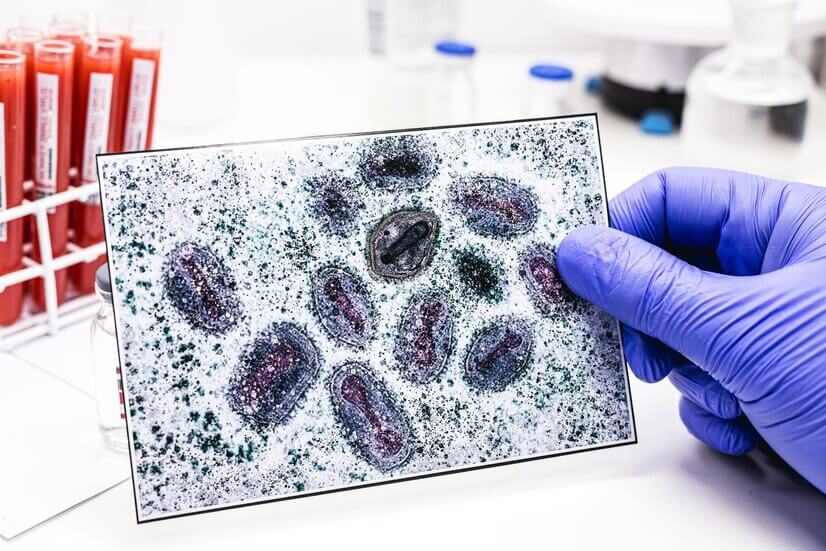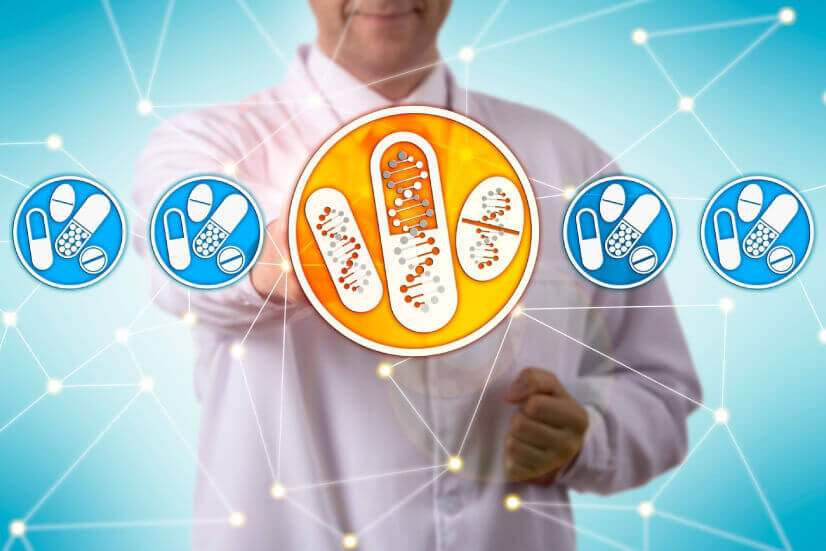Cancer. It’s a word that strikes fear into the hearts of numerous. But with progressions in therapeutic science, we’re getting way better at understanding and treating it. Conventional strategies for diagnosing cancer, like tissue biopsies, have served us well, but they come with confinements. That’s where liquid tumor biopsies step in – as a new, promising approach to cancer checking.
In this article, we will talk about liquid tumor biopsies, which are a miracle in science for cancer diagnosis. Plus, we will inform you why early cancer diagnosis is essential. Moreover, we will also tell you about its advantages, how it works, and challenges. Let’s begin this discussion with an introduction to liquid tumor biopsies.
Understand Liquid Tumor Biopsies
Let’s talk about liquid biopsies—the game-changers in cancer detection. As tumors develop, they shed parts that travel in your circulation system. A speedy blood test can choose between these bits, known as circulating tumor cells (CTCs) and circulating tumor DNA (ctDNA). These discoveries confirm the presence of cancer and provide genetic hints that can help physicians customize treatments to your specific needs.
Even though it is untested, liquid biopsy has a lot of promise for cancer treatment. With a few FDA approvals and ongoing research, it’s paving the path for more tailored and appealing treatment methods.
Impact of earlier cancer detection
Early Diagnosis Early Treatment is critical. From stages 0 to II, cancer stays localized, confined to its origin, and does not spread. Regardless, phases II and III demonstrate territorial expansion to nearby organs or lymph nodes. Organized IV, often called metastatic cancer, has spread to distant places.
Higher-organized tumors provide more significant therapeutic obstacles. Cancer’s development rate accelerates from stage I to stage IV, as does the time required to reach the following stages. Understanding these steps and prioritizing early diagnosis and treatment allows patients to manage their health effectively.
Advantages of Liquid Biopsies
Currently, why should practically liquid biopsies enthuse us? For starters, they are far less terrifying than traditional biopsies. There is no need for surgical blades or fasteners; a simple blood sample or the occasional urine test would suffice. Also, because they are less invasive, you may perform them more regularly, allowing you to keep a closer check on how your tumor responds to therapy.
But that is not all. Liquid biopsies give us an inside look at the variations between cancer cells in your body. Cancer isn’t just one sickness; it’s a collection of them, each with its characteristics and dangers.
By considering CTCs and ctDNA, we may have a far better knowledge of these variances, making a difference and tailoring your therapy to your specific cancer. Liquid biopsies offer the ability to identify cancer earlier than standard scans due to their high sensitivity.
How does a liquid biopsy test work?
A liquid biopsy test includes a simple blood draw. Your healthcare supplier will take a blood test and send it to a lab for testing. Within the lab, a machine will partition the blood cells from the plasma. A master prepared to analyze liquid and tissue tests for signs of illness (pathologist) will hunt for CTCs or ctDNA within the plasma.
Current Applications of Liquid Biopsies
These liquid biopsies are doing some astonishing tasks. We will now assess how well your cancer therapy is working, monitor signs of any symptoms of the disease returning, and adapt your treatment plan depending on your specific changes.
Take breast cancer as an example. Liquid biopsies are making a difference; doctors can detect the exact mutations causing the cancer, implying that they can recommend treatments that specifically target those alterations. And get this: they can do it all without needing to do those painful tissue biopsies.
Challenges and Future Directions
Of course, like anything unused, liquid biopsies come with their claimed set of challenges. Right now, innovation needs to be idealized. Sometimes, the tests might miss things or grant wrong cautions, which can be lovely and disappointing for patients and specialists. Analysts need to keep working on moving these tests forward, ensuring they’re exact and dependable each time.
Speaking of unchanging quality, we must guarantee that all these examinations are standardized. In other words, we must establish beyond a doubt that a test administered in one clinic yields the same findings as one administered in another treatment facility across the country. It all boils down to ensuring that everyone receives the same care regardless of location.
However, the future looks shiny. Analysts are challenging since they continuously devise new methods to improve these exams. They’re working out how to make them more delicate so that they can detect even the most mild cancer symptoms. They’re also making them more specific, so you can be confident that when the test indicates you have cancer, you do.
Conclusion
So there you’ve got it – liquid biopsies are changing the amusement when it comes to cancer observation. They’re making it less demanding, less unbearable, and more personalized than ever recently. And with all the continuous advancements, who knows what the long run holds? One thing’s beyond any doubt: even though – liquid biopsies are here to remain; they’re making a genuine distinction within the lives of cancer patients all over.
What forms of cancer do liquid biopsies diagnose?
The liquid biopsy tests authorized by the US Food and Drug Administration can determine eligibility for specific targeted therapies, assess therapy response, and track disease progression in patients with lung, breast, prostate, colorectal, ovarian, and other solid malignancies.
What is the liquid biopsy success rate?
Klein et al. investigated a blood-based liquid biopsy test employing cfDNA sequencing and machine learning, which had a sensitivity of 51.5% and specificity of 99.5% across cancer types. However, the test had a poor success rate for identifying early-stage malignancies (16.8% for stage I) due to decreased ctDNA release.
What is the difference between a tumor biopsy and a liquid biopsy?
A tumor biopsy requires extracting tissue from a suspected tumor for study. Still, a liquid biopsy checks blood or other physiological fluids for signs of tumor cells or genetic material shed by tumors, providing a less intrusive cancer screening and surveillance method.
Can a biopsy be done twice?
While it is not common practice to do a second biopsy to confirm a diagnosis, clinicians will occasionally submit very challenging specimens at subspecialty consensus conferences and multidisciplinary tumor boards to get feedback and ideas from other experts.










